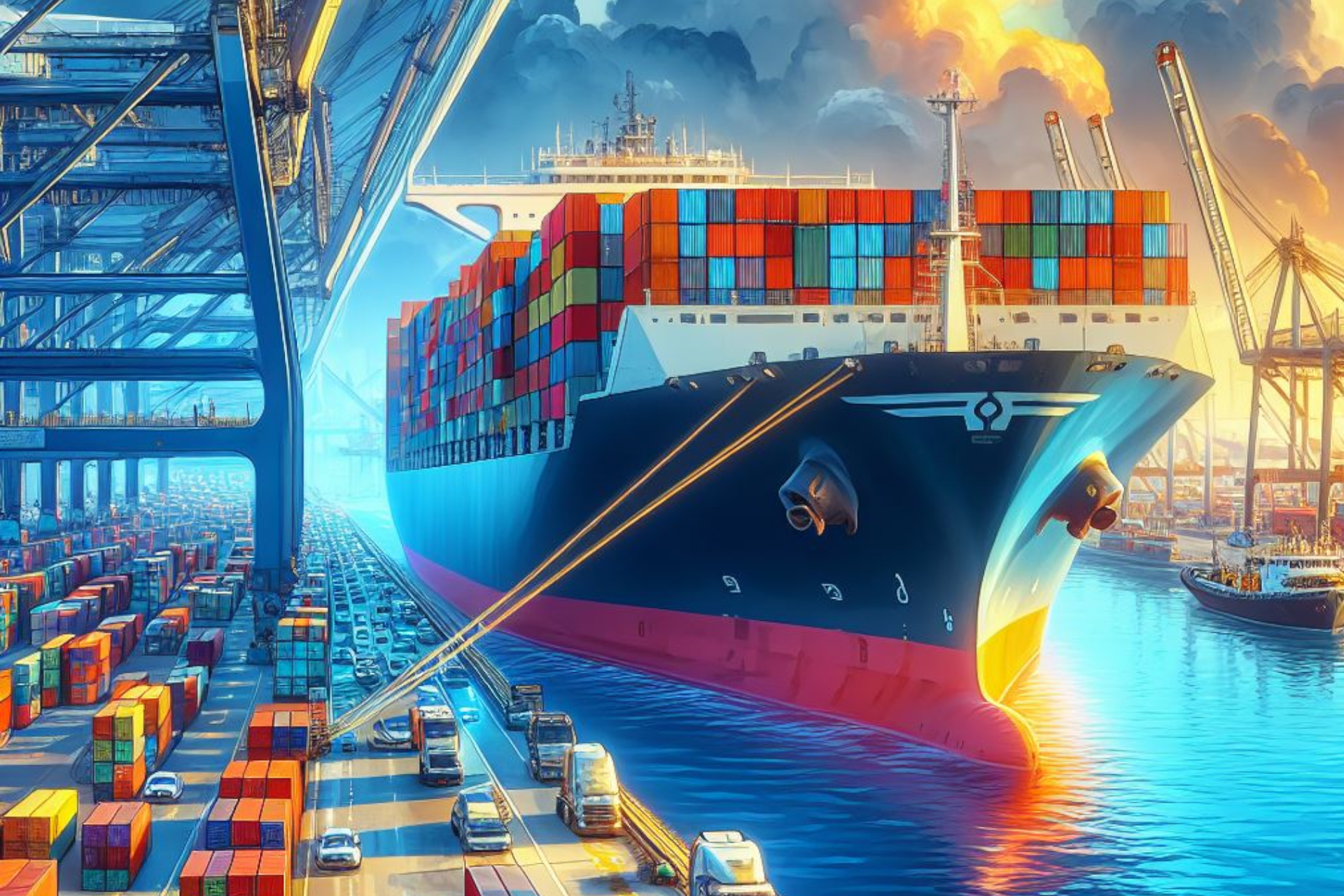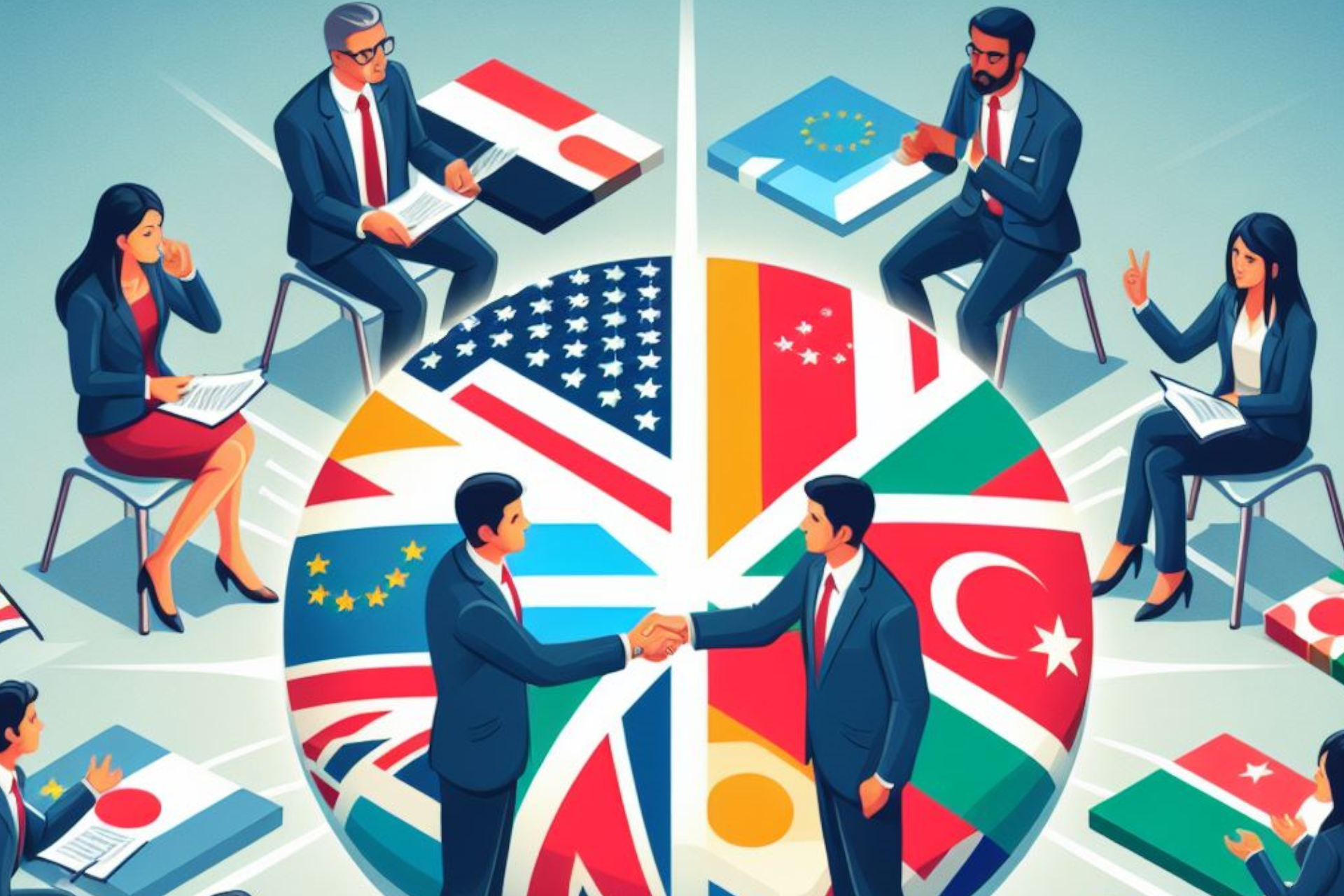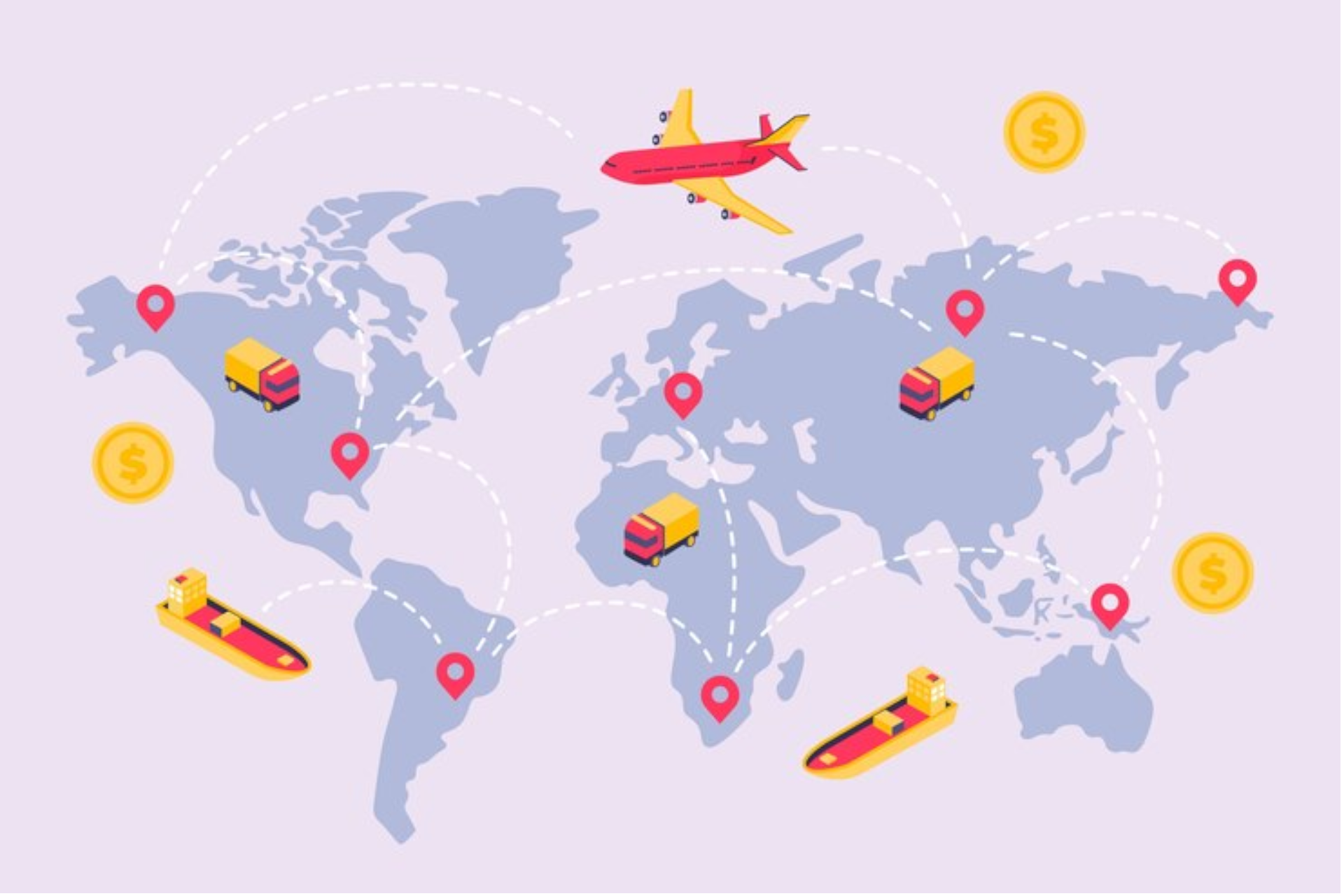Free trade agreements are essential for influencing the nature of international trade, providing companies with access to new markets, and promoting economic progress. Despite the fact that FTAs have a number of advantages, like more trade, lower consumer costs, and access to new markets, it is crucial to understand and deal with the difficulties they present. Potential job losses in specific home industry and unequal benefit distribution are a couple of them. Governments may negotiate and implement agreements that maximize benefits for all parties by comprehending the complexities of FTAs, thereby promoting a more affluent and linked global economy.
Understanding Free Trade Agreements
Fundamentally, FTAs are made to make commerce and investment between the member nations easier. They accomplish this through getting rid of or lowering tariffs, quotas, and other trade restrictions and by harmonizing rules and regulations. FTAs generally include rules relating to labor, the environment, and dispute resolution. They can cover a variety of sectors, including products, services, and intellectual property rights. FTAs encourage companies to grow their operations, enter new markets, and create new economic possibilities by decreasing trade obstacles.
Benefits of Free Trade Agreements
- Increased trade: Trade is boosted as a result of FTAs because they lower trade barriers and make it more appealing for companies to export and import goods and services. As a result, resources may be distributed more effectively, specialization may increase, and productivity may increase.
- Economic growth: FTAs can aid in the economic expansion of participating nations by fostering trade and investment. Higher GDP, the creation of jobs, and higher living standards can all result from increased trade.
- Access to new markets: FTAs give companies access to new markets, enabling them to increase their clientele and diversify their sources of income. Businesses may benefit from this by becoming more resilient and less reliant on their home markets.
- Lower prices for consumers: FTAs can cut the cost of imported products and services, resulting in lower prices for consumers, by reducing or removing tariffs. The purchasing power of customers may rise as a result, raising their standard of living.
Challenges Associated with Free Trade Agreements
- Loss of domestic industries: Free trade agreements (FTAs) can make domestic industries more competitive with foreign companies. Occasionally, this can result in employment losses and the downfall of individual industries, especially if such industries are unable to adapt and effectively compete.
- Uneven distribution of benefits: Benefits may not be dispersed equally across all societal groups, despite the fact that FTAs can result in overall economic growth. Increased income inequality may result from some regions or sectors benefiting more than others.
- Regulatory harmonization: Harmonization of legislation and standards between nations can be difficult, especially in sectors like labor, the environment, and intellectual property rights. Differences in rules have the potential to obstruct trade and may necessitate extensive bargaining and compromise.
Real-World Examples of Free Trade Agreements
- North American Free Trade Agreement (NAFTA): NAFTA was a free trade agreement (FTA) between the United States, Canada, and Mexico that has since been replaced by the United States-Mexico-Canada Agreement (USMCA). It resulted in increased commerce and investment between the three nations, boosting the economy and bringing about job development.
- European Union (EU): The EU is a special case of an FTA because it includes a single market and a customs union among its member states. It has led to the free flow of capital, people, products, and services inside the EU, promoting economic integration and expansion.
- Comprehensive and Progressive Agreement for Trans-Pacific Partnership (CPTPP): An FTA involving 11 nations, including Australia, Canada, Japan, and Mexico, is called the CPTPP. Its objectives are to lower trade barriers, advance economic integration, and create a foundation for upcoming trade deals in the Asia-Pacific area.
Related Information





























































